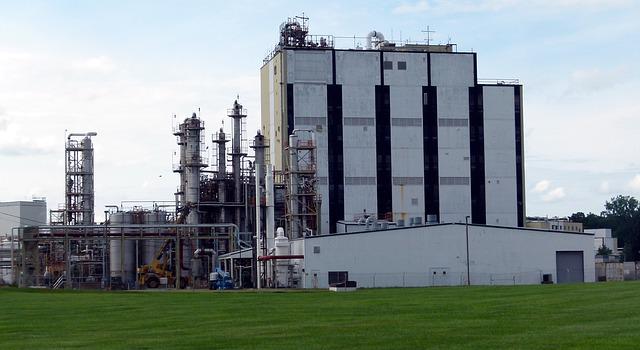
-
Philippine manufacturing surges in April
-
The sector achieved its strongest improvement in operating conditions in more than four years in April
-
The S&P Global Purchasing Managers’ Index rose above the 50.0 no-change mark to 54.3 in April from 53.2 in March
-
Relaxation of pandemic restrictions set the stage for stronger improvement in operating conditions across the country’s manufacturing sector at the start of the second quarter
-
An increase in lead times for inputs was the least severe for nearly two-and-a-half years
The Philippine manufacturing sector achieved its strongest improvement in operating conditions for more than four years in April 2022, as further signs of the country’s recovery from the latest wave of COVID-19 infections emerged.
The S&P Global Purchasing Managers’ Index rose from 52.8 in February to 53.2 in March and further to 54.3 in April, the third successive month that the headline figure stayed above the 50.0 no-change mark that separates growth from contraction.
The latest reading was the highest since November 2017 and pointed to a solid improvement in overall operating conditions, according to the latest survey of New York-based S&P Global.
“Looser pandemic restrictions led to a stronger improvement in operating conditions across the manufacturing sector in the Philippines at the start of the second quarter,” S&P Global economist Maryam Baluch said.
Output and new orders increased for the third month running in April, with the respective rates of growth both accelerating from March to the quickest since November 2018.
S&P Global said anecdotal evidence indicated that looser pandemic restrictions had supported the latest upturns in customer demand and production schedules.
Demand from international markets, however, decreased for the second month running. Russia’s invasion of Ukraine, higher shipping costs and limitations due to the pandemic had reportedly hampered new export orders.
Concurrently, raw material shortages and transportation delays had led to a further lengthening of average suppliers’ delivery times. That said, the extent to which lead times for inputs increased was the least severe for nearly two-and-a-half years.
“While strengthening client demand has been able to support the recovery so far, it will be important to see how growth momentum is sustained amid ongoing supply chain disruption and sharply rising costs,” Baluch said.
The improvement in customer demand and rising production requirements led to a further increase in buying activity in April.
Notably, the rate of growth was the fastest in more than three years. At the same time, firms increased their holdings of raw materials and semi-finished items.
Furthermore, the rate of accumulation in stocks of inputs accelerated to one of the fastest seen since the survey began in January 2016.
The level of work-in-hand (but not yet completed) declined again in April and at a solid pace. A number of firms commented that rising production had helped them to process and complete orders.
Meanwhile, April data pointed to a stabilization of workforce numbers across the Philippine manufacturing sector. Improving economic activity kept employment numbers unchanged in the latest survey period, thereby ending a 25-month period of job shedding.
However, reports of worker resignations were widespread, often due to the pandemic, which weighed on companies’ abilities to expand staff numbers overall.
Business confidence in the 12-month outlook for output improved to a four-month high in April. Weaker COVID-19 containment measures underpinned forecasts of stronger demand conditions and rising output in the coming months.




